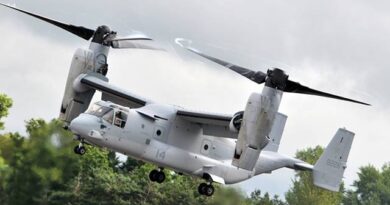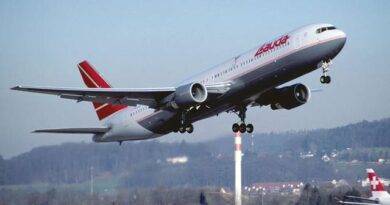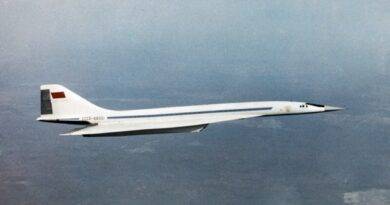Cosmic Radiation and Supersonic Flight: Managing Descent for Safety
Cosmic radiation presents a significant concern for high-altitude supersonic aircraft. This form of radiation, originating from solar activity and galactic cosmic rays, intensifies with altitude, particularly above 49,000 feet—where supersonic jets often operate.
During solar storms, elevated radiation levels can increase risks to both passengers and crew, including heightened exposure to ionizing radiation, which is linked to cancer and genetic mutations. Although the Earth’s magnetic field offers some protection, it weakens at higher altitudes, particularly near the poles, areas often traversed by supersonic routes. Thus, airlines must be vigilant when solar flares, which can send bursts of energetic particles toward Earth, erupt.
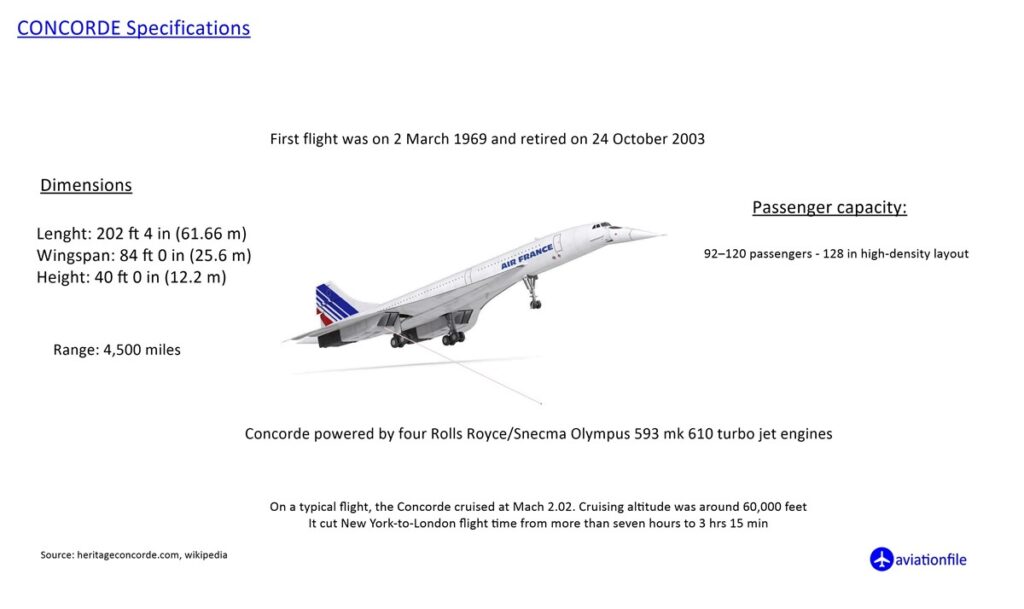
Safety Measures in Aviation
When increased radiation levels are detected, supersonic aircraft must descend to safer altitudes below 49,000 feet to reduce exposure. These descents need to be carefully managed to avoid conflicts with subsonic aircraft operating at lower levels. According to the International Civil Aviation Organization (ICAO) guidelines, air traffic control (ATC) must ensure safe airspace coordination during these rapid altitude changes.
ICAO Guidelines and ATC Coordination
ICAO regulations emphasize the importance of clear communication and efficient response times when dealing with cosmic radiation events. ATC personnel play a critical role in rerouting supersonic aircraft and preventing collisions as they descend. Pre-planned protocols, developed with a focus on minimizing risks during radiation storms, help mitigate potential dangers.
In particular, during solar storms, airlines often receive alerts from agencies like NOAA’s Space Weather Prediction Center. These warnings allow pilots to make proactive decisions about altitude adjustments before entering radiation-heavy regions.
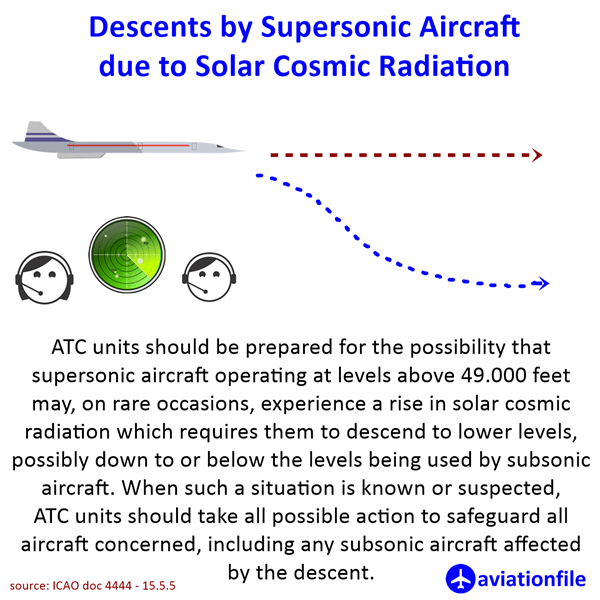
Conclusion
Solar cosmic radiation, while rare, presents significant challenges for the aviation industry, especially for supersonic flights. Descent protocols and coordinated airspace management are crucial to ensuring the safety of passengers and crew. With the increasing interest in the return of supersonic commercial flights, understanding and mitigating cosmic radiation exposure is more important than ever.
